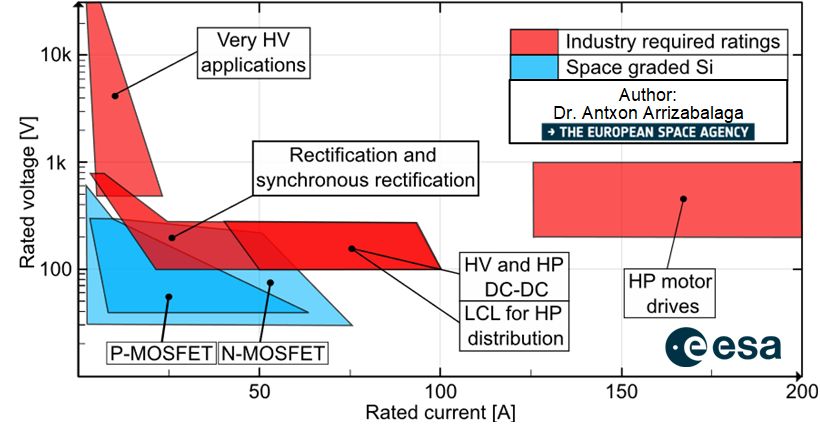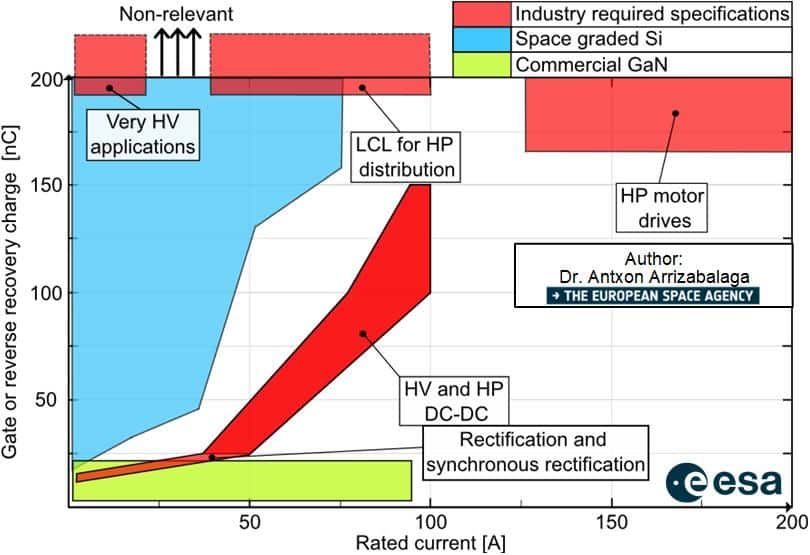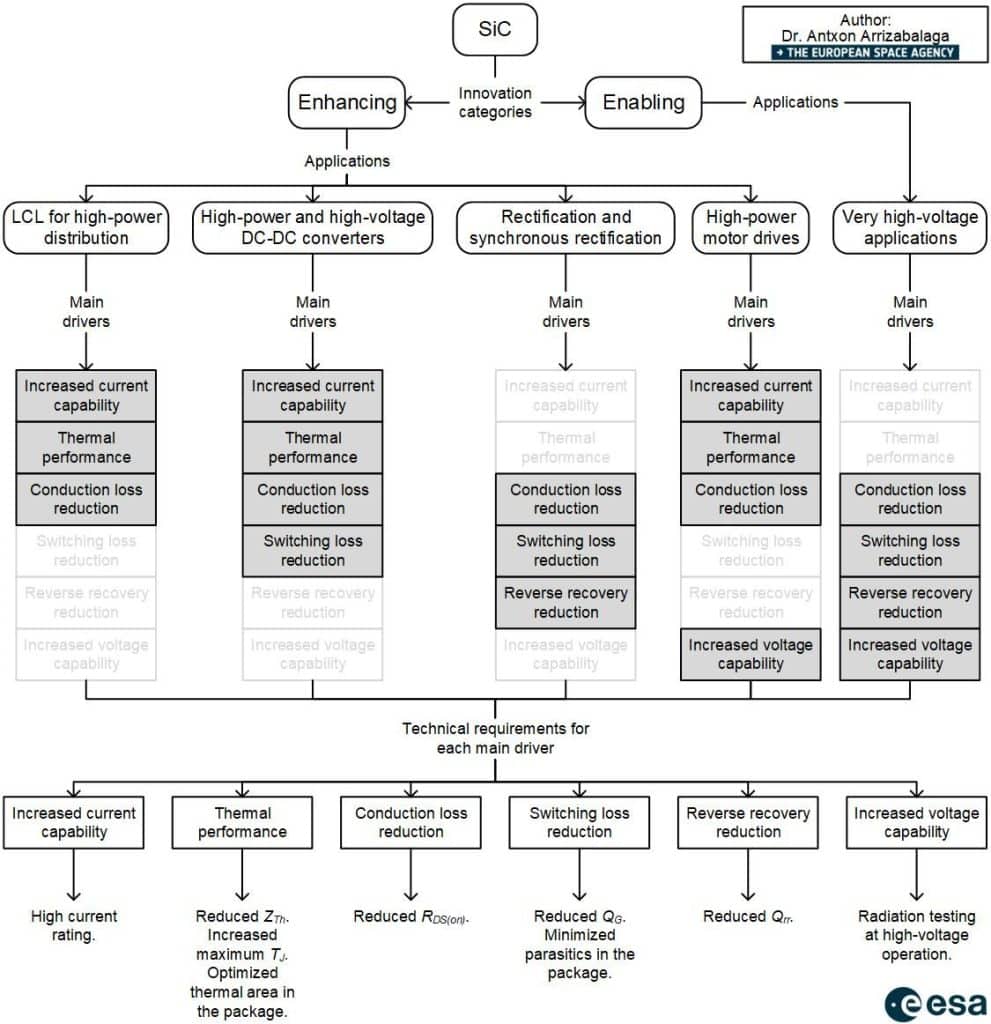-
LATEST NEWS / PROJECTS / WBG2 Min Read
Coherent Corp. announced that it secured $15 million in funding from the Creating Helpful Incentives to Produce Semiconductors (CHIPS) and Science Act of 2022 that provided the Department of Defense (DoD) with $2 billion to strengthen and revitalize the U.S. semiconductor supply chain.
One of the key objectives of the CHIPS program is to nurture ecosystems that reduce risk, incentivizing large-scale private investment in production, breakthrough technologies, and workers. To that end, the DoD, through the Naval Surface Warfare Center Crane Division and the National Security Technology Accelerator, established eight Microelectronics Commons regional innovation hubs in September, including the Commercial Leap Ahead for Wide-Bandgap Semiconductors (CLAWS) Hub based in North Carolina and led by NC State University.
As a member of the CLAWS Hub, Coherent will receive $15 million to accelerate the commercialization of next-generation wide- and ultrawide-bandgap semiconductors, namely, silicon carbide and single-crystal diamond, respectively.
“We are excited to be recipients of funding from the CHIPS Act, delighted to be part of the CLAWS Hub, and proud to help the U.S. establish a strategic, long-term leadership position in these critical next-generation semiconductor technologies,” said Sohail Khan, Executive Vice President, Wide-Bandgap Electronics.
“Wide- and ultrawide-bandgap semiconductors enable the electrification of transportation, including road vehicles, high-speed trains, and mobile industrial machinery. They also enable smart power grids to efficiently respond to fluctuations in energy demands by regulating the delivery of electricity from conventional and renewable sources to distribution networks, as well as to and from utility-scale power storage and microgrids.”
In addition to DoD requirements for high-voltage, high-power applications and systems including hybrid electric vehicles (HEVs), more electric aircraft (MEA) components, directed energy, Navy vessel power systems, and all-electric ships, silicon carbide power electronics are increasingly recognized for their potential to greatly improve the energy efficiency of artificial intelligence (AI) data centers and traditional hyperscale data centers, where power consumption is growing rapidly due to the exploding demand for data- and compute-intensive workloads from AI, cryptocurrency mining, and blockchain applications.
Single-crystal diamond promises to exceed the performance of silicon carbide and greatly expand the applications universe with quantum computing, quantum encryption, and quantum sensing.
Original – Coherent
-
LATEST NEWS / PROJECTS / SiC / WBG
Tianjin Economic-Technological Development Area Inked Investment Agreement with Vitesco Technologies
1 Min ReadTianjin Economic-Technological Development Area (TEDA) inked an investment agreement with Vitesco Technologies for a new project for NEV intelligent manufacturing and automotive electronic products. With the new project, Vitesco aims to strengthen its presence in TEDA by introducing new products such as silicon carbide power modules, 800V motor stators and rotors, EMR3 three-in-one axle drive systems, high-voltage inverters, battery control units, and gearbox controllers.
Vitesco Technologies is a global leader in automotive technology development and manufacturing, dedicated to providing advanced driving technology for sustainable mobility. Vitesco Technologies has been cooperating with TEDA for many years.
The establishment of its R&D center in TEDA in 2019 marks a major step forward in the NEV market, upgrading the Vitesco Tianjin Base into a super factory integrating R&D, testing, and production. Thomas Stierle, member of the Executive Board and head of Electrification Solutions Division of Vitesco Technologies, expressed confidence in China, Tianjin, and TBNA. He stated that Vitesco Technologies will continue to increase its investment in TBNA and deepen cooperation in manufacturing R&D and technological innovation.
-
LATEST NEWS / PROJECTS2 Min Read
JCET Group announced that the company’s holding company, JCET Automotive Electronics (Shanghai) Co., Ltd., has successfully secured a RMB 4.4 billion capital increase. The agreement was ratified by the Fourth Meeting of the Eighth Board of Directors and the First Extraordinary General Meeting of Shareholders in 2024, being signed and taking effect on February 5, 2024.
The capital aims to support the construction of JCET’s first intelligent automotive-grade chip advanced packaging flagship factory.
Located in Shanghai’s cutting-edge Lingang industrial hub in eastern China, the JCET Automotive Chip Back-end Manufacturing Base spans over 130,000 square meters, with a dedicated factory area of approximately 200,000 square meters. Construction has accelerated since its commencement in August 2023. Equipment entry is anticipated in the first half of 2025.
Leveraging JCET’s industry-leading technology and resources, the project also includes a pilot line dedicated to manufacturing automotive chip products in China. It focuses on packaging automotive computing chips, power modules and more, optimizing packaging processes and materials while fully implementing automation solutions.
The completed facility will serve customers worldwide and has already garnered significant attention from major car manufacturers and chip suppliers. It caters to a broad spectrum of automotive applications, including ADAS sensors, high-performance computing, interconnectivity, and power modules – driving advancements in performance, reliability, and automation across the entire industry chain.
JCET has experienced rapid expansion within the automotive electronics sector in recent years. The company’s automotive electronics revenue achieved a CAGR exceeding 50% from 2019 to 2022. This momentum continued in the first three quarters of 2023, with revenue in this segment increasing by 88% year-on-year. JCET’s downstream applications not only cover power management, but also include areas such as autonomous driving, infotainment systems, various sensors, and vehicle networking involved in automotive intelligence.
Furthermore, JCET’s close collaboration with customers through the pilot line allows them to secure production capacity in the Lingang facility in advance. Doing so significantly streamlines the verification and introduction processes for future customer products. This fosters a seamless transition from early development to mass production, enabling both parties to capitalize on the vast upcoming opportunities in the automotive semiconductor market.
Original – JCET
-
LATEST NEWS / PRODUCT & TECHNOLOGY / PROJECTS3 Min Read
The National Science Foundation has given a $300,000 grant to Xiaoqing Song, an assistant professor in the Electrical Engineering and Computer Science Department, to support his research project focused on advancing high density and high-operation-temperature traction inverters. Song’s project explores the integration of gallium oxide packaged power modules to enhance the power density and temperature range of electric vehicles.
Collaborating with the National Renewable Energy Laboratory, the project sets out to innovate power module packaging, establish reliable strategies for gallium oxide power devices and demonstrate the capabilities of a high density, high temperature traction inverter.
“By eliminating technical barriers for gallium oxide device integration, this project will foster the development of next-generation, high density and high-operation-temperature power converters,” Song said.
The traction inverter, responsible for converting stored direct current (DC) power into alternating current (AC) power to drive electric motors, stands to benefit significantly from gallium oxide technology. Song said, “Gallium oxide can make the traction inverter smaller, lighter, more efficient and capable of operating across a wider range of temperatures.
“Gallium oxide has a larger band gap energy compared to conventional silicon and wide band gap semiconductors. It enables high breakdown electrical strength, low intrinsic carrier concentration and correspondingly high operation temperatures,” Song said.
One challenge addressed in the project is the low thermal conductivity of gallium oxide, which hinders efficient heat removal. Song outlines the plan to develop advanced power module packaging techniques that enable low thermal resistance, low parasitic inductances and high-temperature operation capability.
“National Renewable Energy Laboratory (NREL) has significant experience in power module simulation, fabrication and characterization, as well as world-class experimental and lab capabilities for evaluating and designing efficient and reliable power electronics systems. The PI will collaborate with them to design and develop a gallium oxide-based high density and operation-temperature traction inverter for automotive applications. This project will help establish a long-term partnership with NREL that can catalyze further research and development of ultra-wide bandgap power semiconductor devices,” Song said.
Song shared that the collaboration with the National Renewable Energy Laboratory aims to design and develop a gallium oxide-based high density and high-operation-temperature traction inverter for automotive applications, fostering a long-term partnership that can drive further research in ultra-wide bandgap power semiconductor devices.
“Other applications include power grids, data centers, renewable energy, space and defense, etc.,” Song added.
The success of the project, he believes, will provide valuable insights into gallium oxide device modeling, packaging, gate driving, protection and application in power converters. These advancements are expected to catalyze progress in transport electrification and the deployment of gallium oxide technology in challenging environments.
“The research achievements and experiences gained in the fellowship will sustain and promote the PI’s future multi-disciplinary research activities in semiconductor devices, multiphysics analysis, power module packaging and high performance power electronics. Other broader impacts also include the education and development of the next generation workforce in STEM (science, technology, engineering and math), the encouragement of more women and underrepresented minorities in electrical engineering, especially in the area of wide and ultra-wide bandgap semiconductor devices, power module packaging and power electronics with hands-on lab experiences,” Song said.
Original – University of Arkansas


